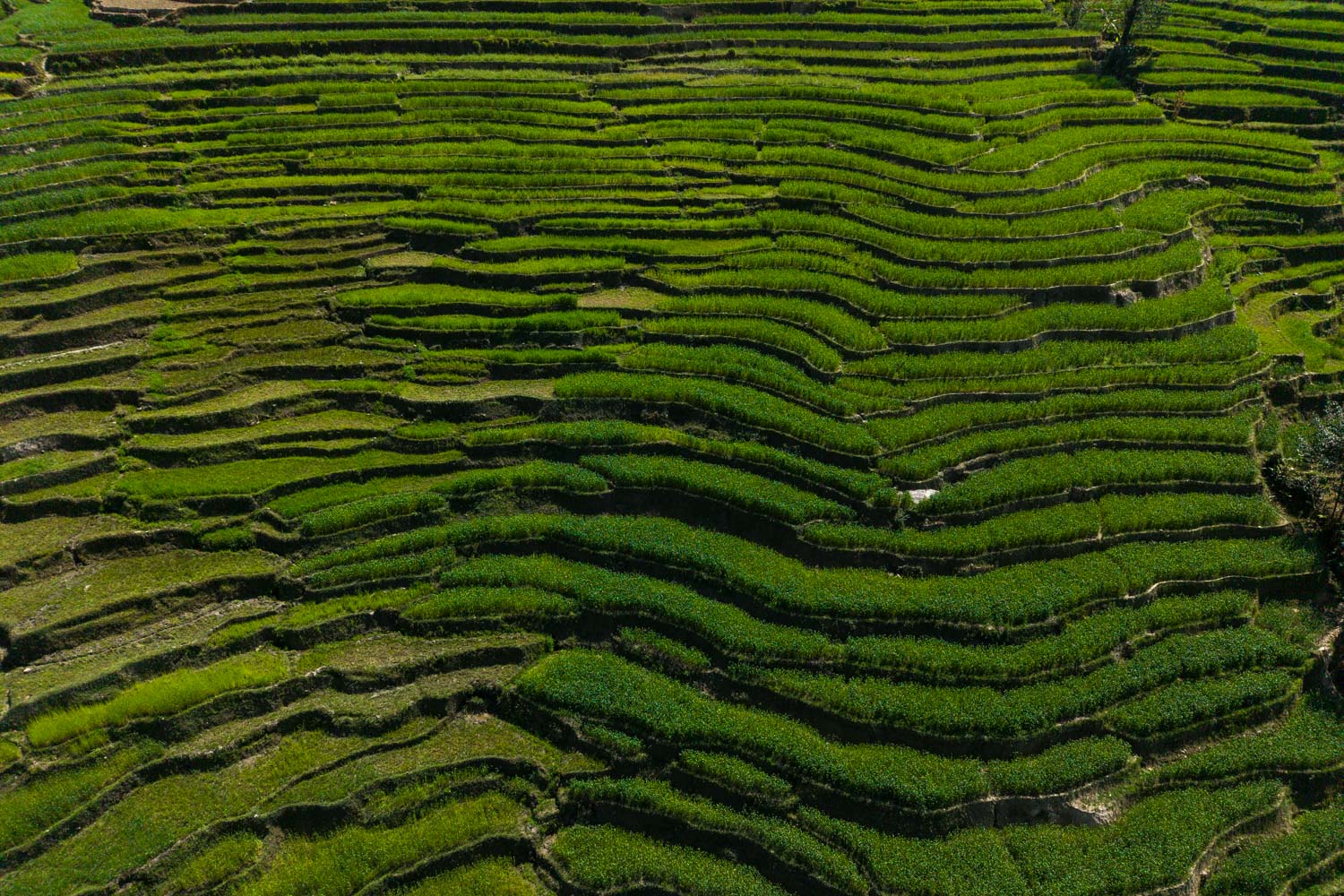Wheat is Nepal’s third most important food crop after rice and maize. As a globally significant cereal crop, wheat is Nepal’s most important winter crop. It is a major source of calories and protein. Wheat cultivation in Nepal spans from the Tarai plains to the high hills. In the fiscal year 2022/23, wheat was cultivated on 716,978 hectares of land in Nepal, yielding 2,144,568 metric tons of production. Currently, the average wheat productivity in Nepal stands at 2.99 metric tons per hectare.


Although both the area under wheat cultivation and overall production have increased in recent years, the import of wheat, wheat seeds, and wheat-based products has not declined. According to data from the Department of Customs, in the first four months of the current fiscal year alone, Nepal imported 20,279 metric tons of wheat-based products worth Rs 986.7m.



In the previous fiscal year, Nepal had imported 10,112 metric tons of such products, spending Rs 684.38m. In fiscal year 2021/22, 24,785 metric tons were imported, amounting to Rs 1.16m.




Currently, fields in the Helambu and Panchpokhari Thangpal rural municipalities of Sindhupalchok district are lush green with wheat crops. A local resident mentioned that the major food crops in that area include potatoes, wheat, maize, and millet.














